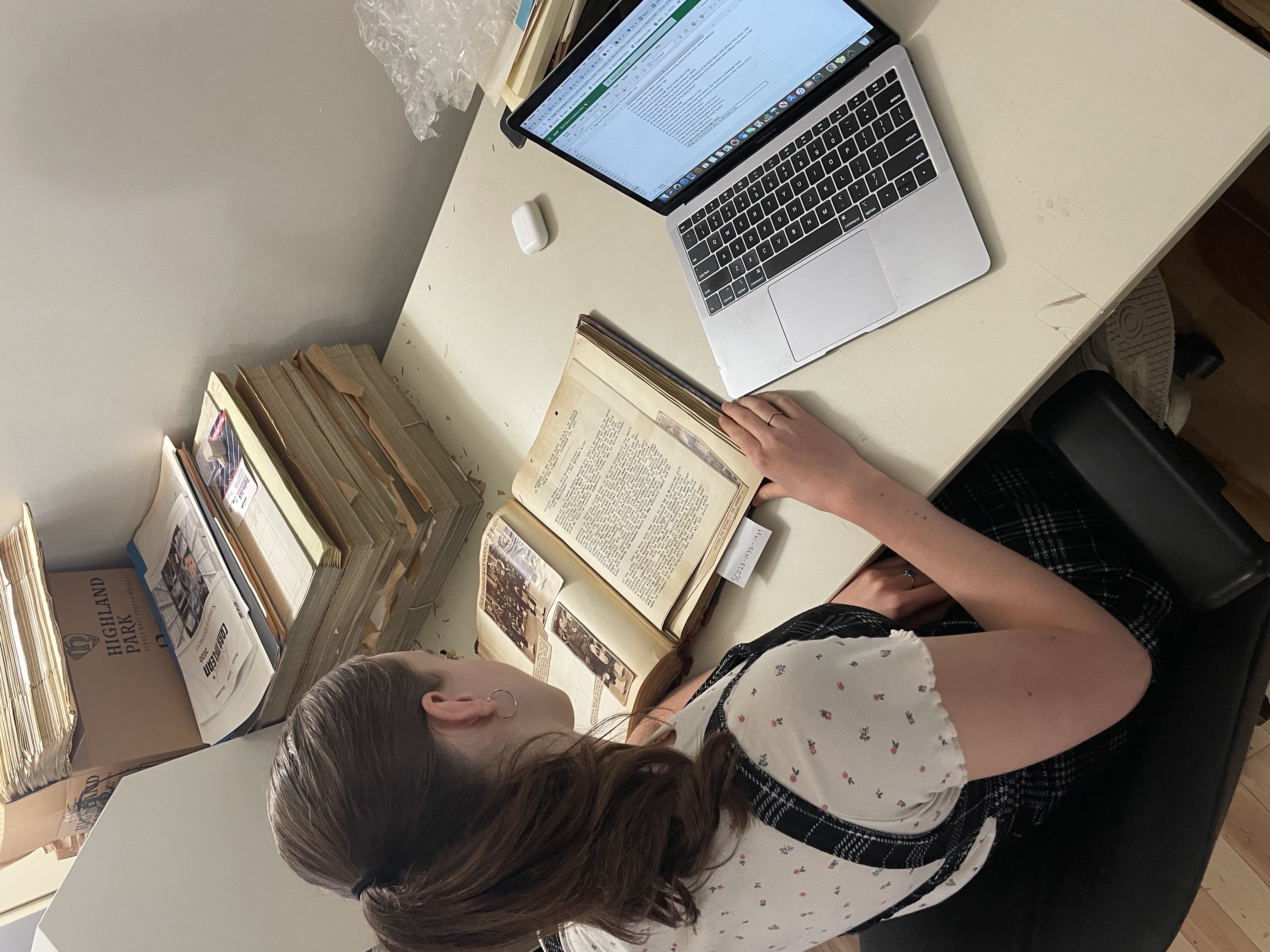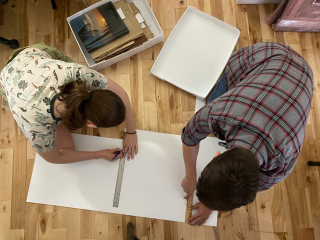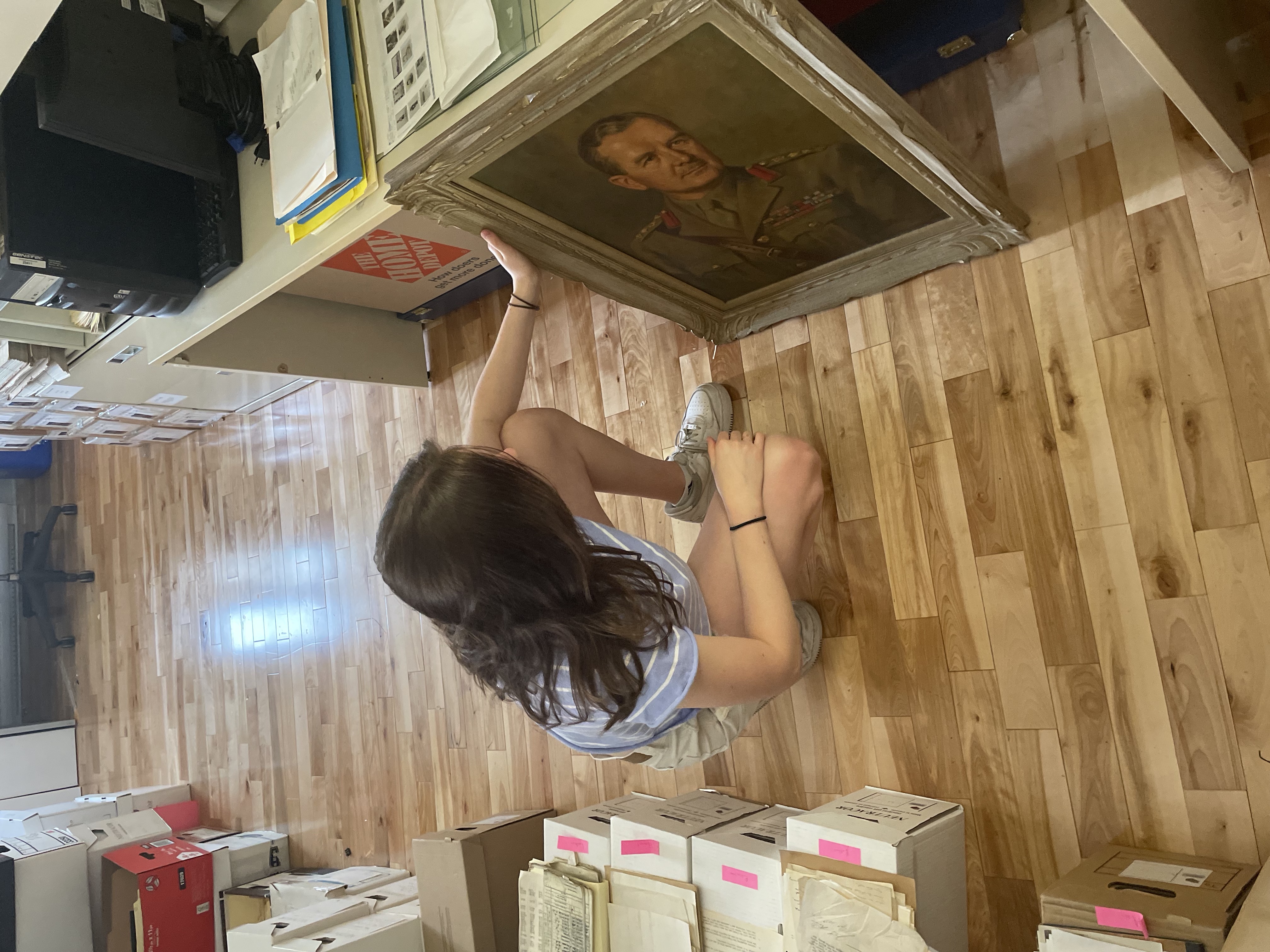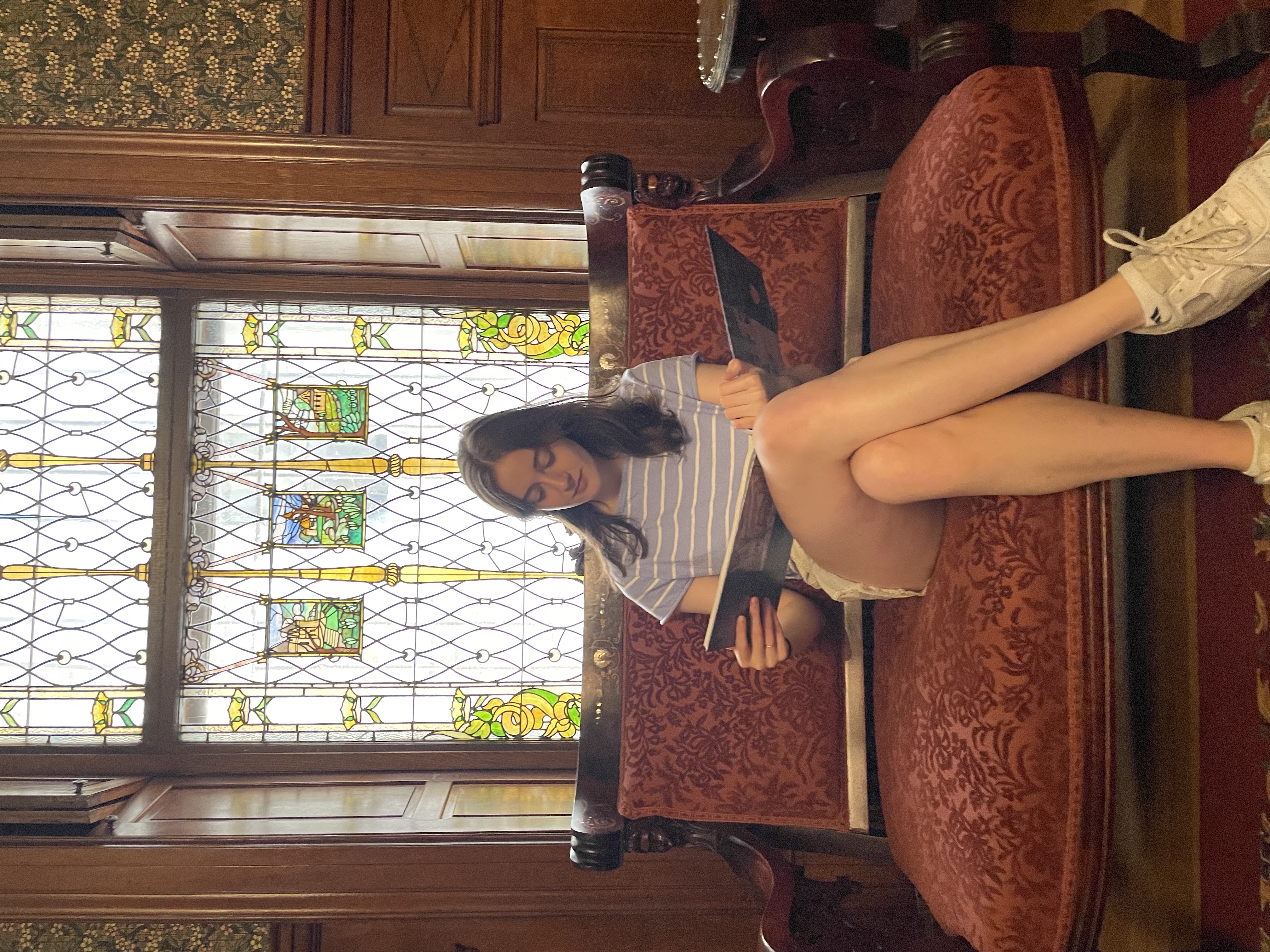For many undergraduate students at McGill, the beginning of spring often marks the beginning of the summer job hunt. As an undergraduate history student, I was hoping to find a summer position that aligned with my interests in Canadian history. But after a few days of searching the internet, I found myself at a loss. Discouraged, I spoke to a friend of mine about my dilemma, and in a stroke of good fortune, he informed me about the Arts Internship Office (AIO). It took little more than a quick search through the AIO webpage before I was immediately drawn to a posting for The Black Watch Museum and Archives. I knew immediately that this internship was exactly what I was looking for.

Whilst executing my duties at the Black Watch, I occasionally found myself at a loss: the archives are extensive, and many documents and books were in complete organisational disarray. It was hard to know where to begin. Thankfully, I had the pleasure of working alongside several knowledgeable people who were eager to lend a hand, and with their guidance, I found the tasks laid out for me less daunting. Aside from this minor challenge, I did not encounter any greater difficulties for the rest of the internship, and thus enjoyed my time and had a greater appreciation for the materials I was working with.

I am convinced that anyone interested in Canadian or military history would have been mesmerised by many of the documents and photographs contained in the archives. I often came across such intriguing things as: signed letters to the regiment from various Canadian kings and queens; aerial surveillance photographs from the Western front (dated from WWI); an intercepted telegram from Adolf Hitler (dated from the 1940s); and propaganda leaflets dropped by the R.A.F. over France, Belgium, Italy, and Germany (dated 1942-43), to name a few. Aside from the thrill of finding such documents in the archives themselves, another highlight of the internship came when my supervisor, Col. Bruce Bolton, took my fellow interns and I on a “field trip” to the Church of St. Andrew and St. Paul (the official church of the Royal Highland Regiment), where we learned a great deal about the history of the church and the regiment, all whilst touring a beautiful building.

Come the beginning of fall semester, I will be working with Professor Don Nerbas to write an essay pertaining to my research at the regiment, for which I shall obtain credit towards the completion of my honours degree. In this paper, I hope to explore the relationship between the Black Watch and some of Montreal’s oldest, most noteworthy families (e.g. the Redpaths, Molsons, Ogilvies, Allans, and McLennans). Thanks to this internship, I have gained a newfound understanding of archivism, and have improved my ability to work with primary source materials—a skill which I shall continue to hone throughout the essay-writing process this fall.

Were it not for the generosity of the AIO and its donors, I would not have had the opportunity to pursue this internship, nor would I have found myself in the position to be able to conduct further research during the school year. I am extremely grateful to everyone at the AIO, to the donors, to Professor Nerbas, and to Mr. Bruce Bolton, all of whom played an integral part in my ability to participate in this program and intern for the Black Watch.

